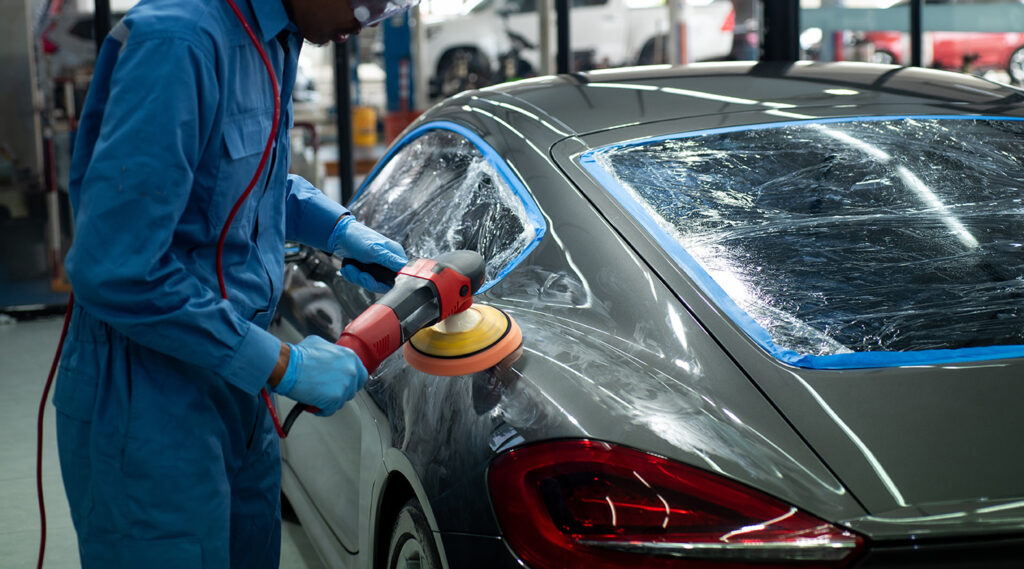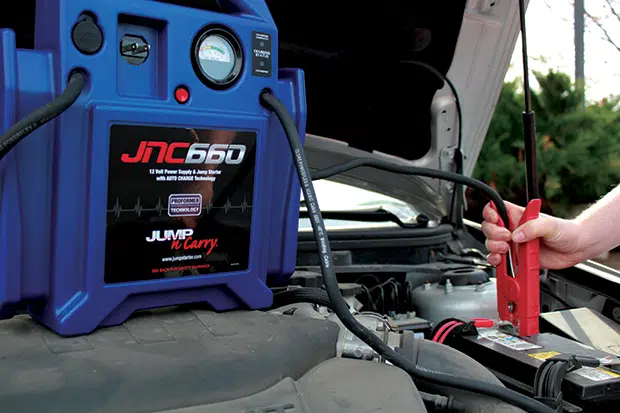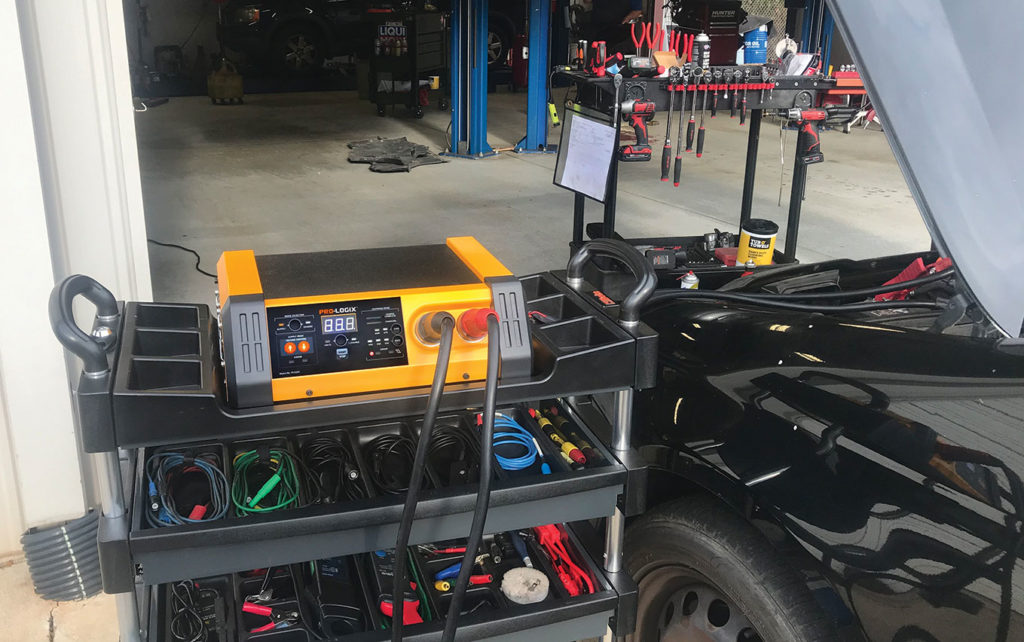
Another Look at Electrical System Diagnosis
Electrical system diagnostics is a subject that is virtually limitless in terms of the number of topics contained within it as well as the many nuances involved in each of those topics. This complexity is the reason why this subject is at the center of the content offerings of key industry trade publications, online webinars and in person education events related to vehicle service and repair. So, consistent with our goal of keeping you up to date on the latest resources around this tricky area of vehicle service, this month we’re pulling together some recently published resources to keep you up to speed. The Trainer – Getting to the Root of Alternator and Battery Failures At VehicleServicePros.com, Brandon Steckler has taken over The Trainer series from Pete Meier and he’s off to a great start. In this recent episode, Brandon addresses methodologies that technicians can deploy to get to the root cause of electrical system failures, specifically alternator and battery failures. He starts out with a really good explanation of the relationship between the alternator and battery, identifying how that relationship can change as the battery ages. He does a great job of explaining sulfation and its consequences for battery










